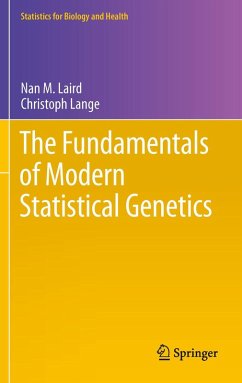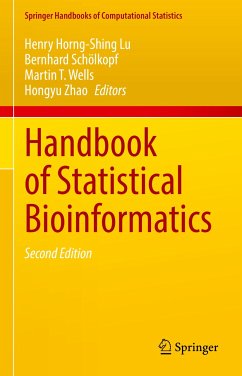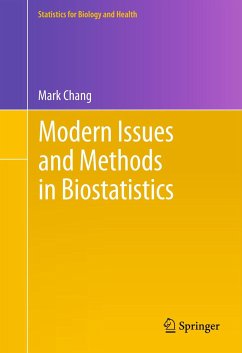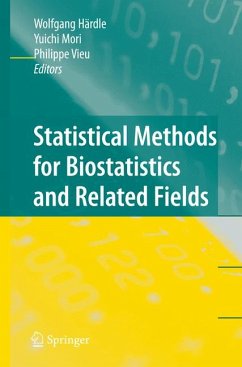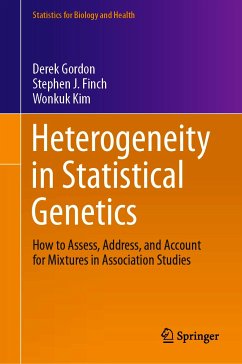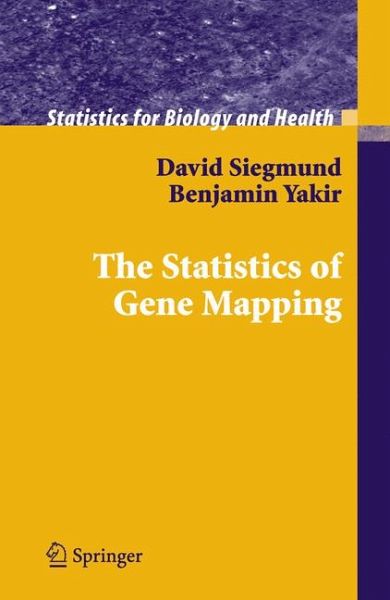
The Statistics of Gene Mapping (eBook, PDF)
Versandkostenfrei!
Sofort per Download lieferbar
80,95 €
inkl. MwSt.
Weitere Ausgaben:

PAYBACK Punkte
40 °P sammeln!
This book details the statistical concepts used in gene mapping, first in the experimental context of crosses of inbred lines and then in outbred populations, primarily humans. It presents elementary principles of probability and statistics, which are implemented by computational tools based on the R programming language to simulate genetic experiments and evaluate statistical analyses. Coverage reflects the modern approach of using anonymous DNA markers distributed throughout the genome to identify regions likely to contain genes of interest. Each chapter contains exercises, both theoretical ...
This book details the statistical concepts used in gene mapping, first in the experimental context of crosses of inbred lines and then in outbred populations, primarily humans. It presents elementary principles of probability and statistics, which are implemented by computational tools based on the R programming language to simulate genetic experiments and evaluate statistical analyses. Coverage reflects the modern approach of using anonymous DNA markers distributed throughout the genome to identify regions likely to contain genes of interest. Each chapter contains exercises, both theoretical and computational, some routine and others that are more challenging. The R programming language is developed in the text.
Dieser Download kann aus rechtlichen Gründen nur mit Rechnungsadresse in A, B, BG, CY, CZ, D, DK, EW, E, FIN, F, GR, HR, H, IRL, I, LT, L, LR, M, NL, PL, P, R, S, SLO, SK ausgeliefert werden.




